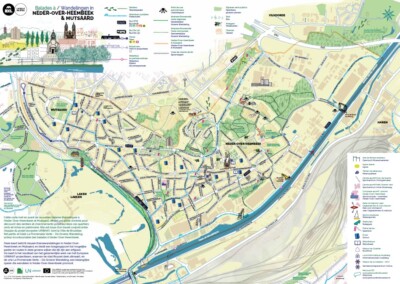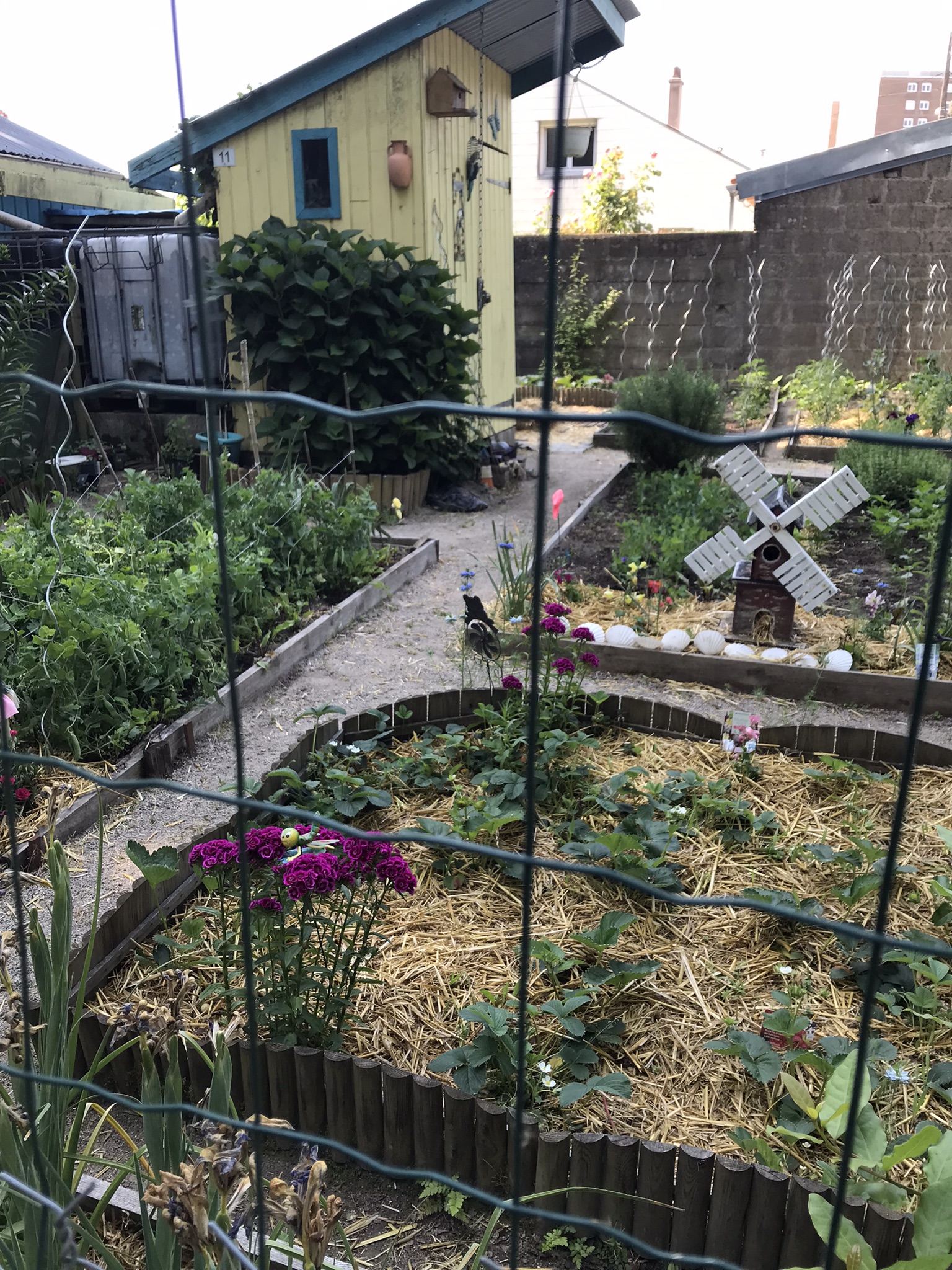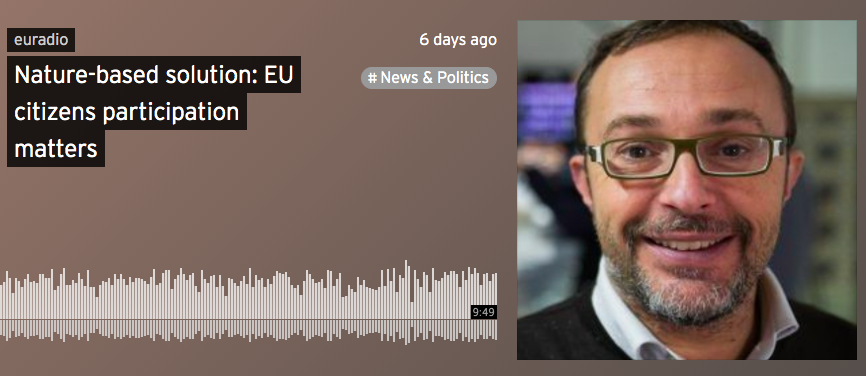Copenhagen-based SLA Architecture's 6 recommendations for effective end-user engagement
Launched in the summer of 2018, the URBiNAT project is focused on the regeneration and integration of economically deprived social housing districts in seven pilot cities across Europe, from Porto in northern Portugal to Høje Taastrup near Copenhagen, to the historic city of Siena in Italy, and to the Bulgarian capital Sofia. Between 2018 and 2023, residents in each city will be called on to take part in the co-design, co-construction and, ultimately, the co-evaluation of locally inspired and/or adapted Nature-Based Solutions.
Eventually the aim is to contribute to the urban transformation of cities through the removal of urban barriers in a variety of forms (flyovers, ring roads, industrial land, ancient tower blocks), often associated with the segregation of different parts of the population, and their replacement with new public spaces (“Healthy Corridors”) that favour increased mobility, enhanced quality of life and economic opportunities.
The URBiNAT Consortium is made up of some 33 partners, including city administrations, academic institutions, NBS providers and urban planners. Among these the Copenhagen-based SLA, is an internationally acclaimed architecture practice specialised in the fields of urban space, city planning and landscape architecture. SLA consultants have a strongly-held belief in the power of nature and nature-based solutions to solve some of toughest social and environmental challenges that are faced by cities. They are also strong advocates of pragmatic approaches to urban revitalisation projects that are rooted in the principles of social innovation and building on myriad citizen-initiated projects.
As URBiNAT project coordinators are starting to extrapolate findings from the first, “diagnostic” phase of the project, SLA consultants have been advising other consortium members about the conditions for initiating urban development projects that are genuinely rooted in the local community. At this critical data-collection and baseline assessment stage of the project they have six key recommendations:

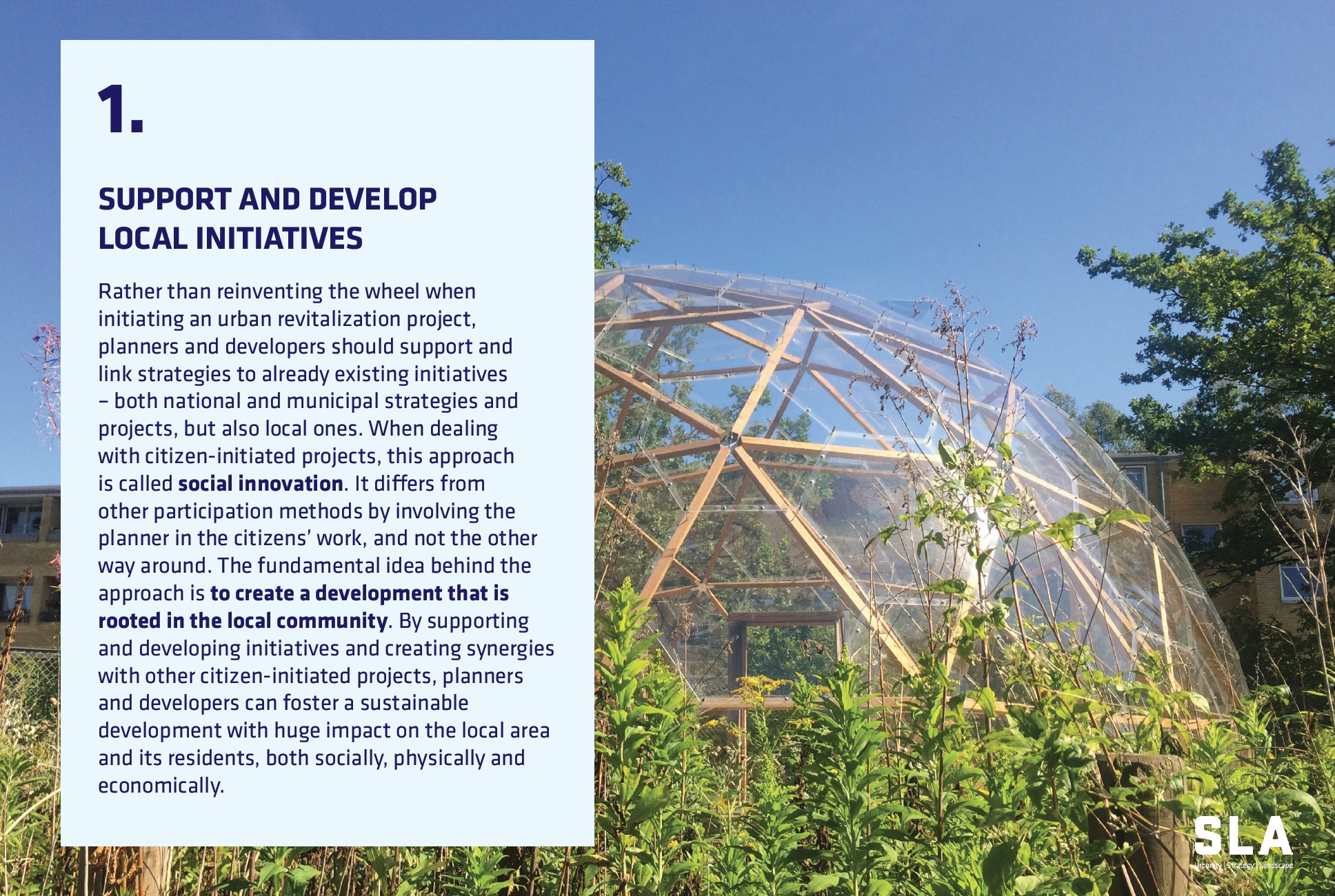
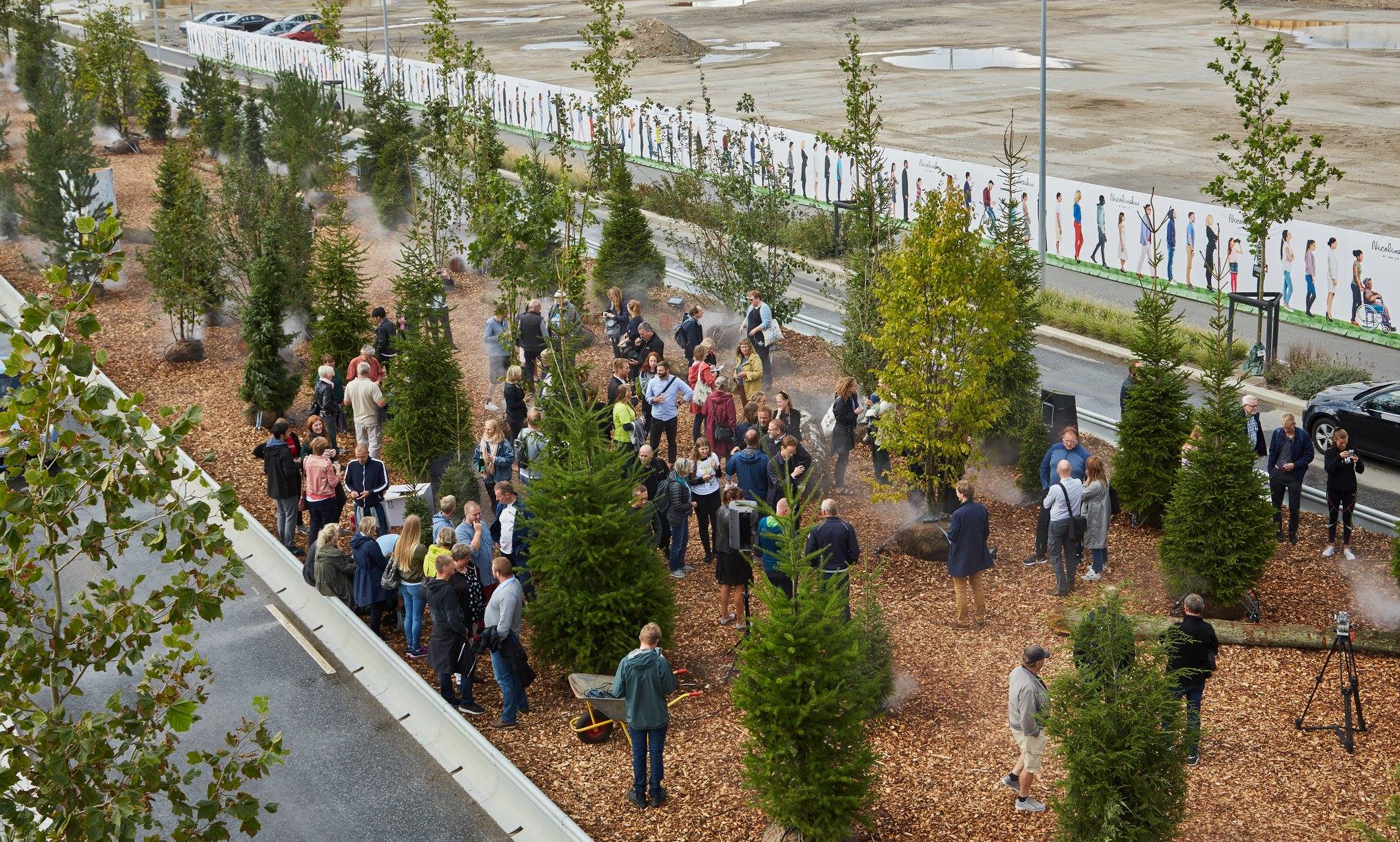
- Use social innovation. By supporting and developing initiatives and creating synergies with other citizen-initiated projects, planners and developers can foster a sustainable development with huge impact on the local area and its residents, both socially, physically and economically.
- Communication is key. From the outset, provide residents with a clear overview of project (goals, expected outputs, project owners, etc.) and the process (what will happen when, how long will it take, etc.). People will more often get frustrated about broken promises and expectations than about limitations in the extent of their influence.
- Quality over quantity. People are willing to participate when the project feels relevant to their needs and local concerns, but get frustrated when the process is bureaucratic, feels irrelevant, or if the goal and output is not clear.
- Take people seriously – not literally. Local residents are experts when it comes to the neighborhood, it’s life, qualities and challenges. Their knowledge is of the utmost importance to create a successful project with a positive impact in the neighborhood. However, it is not the responsibility of residents to create viable design solutions.
- Define goals – and use methods accordingly. Be clear about what you want to achieve – and design methods accordingly.
- Make involvement matter. Making involvement matter is very much a question of process. Coordinating involvement processes with other parts fo the project is vital to ensuring that inputs from users / residents will be implemented in design solutions.
Follow this blog for regular updates regarding the URBiNAT project and to find out more about consortium members and their contribution to the project as a whole.


